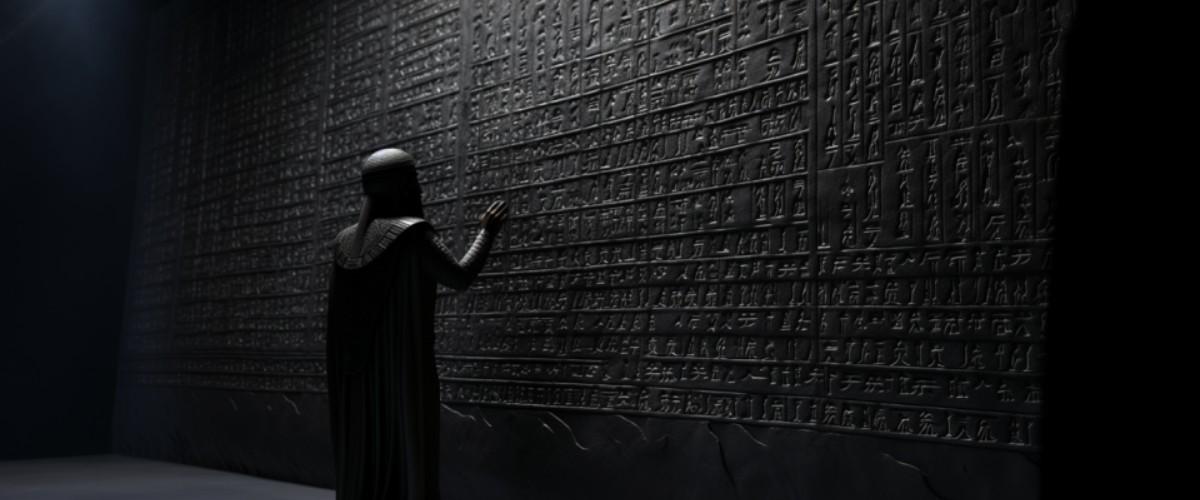Carved into a towering stele of black diorite, the Code of Hammurabi stands as one of humanity’s earliest, yet strikingly comprehensive, legal codices. Erected by the Babylonian King Hammurabi around 1754 BCE, this ancient law code provides a glimpse into the socio-political and legal structures of Mesopotamia, illustrating a complex system of retributive justice that sought to establish order and fairness within his extensive realm.
Background: An Ancient Kingdom Demanding Order
- Setting the Scene: Babylon
- Situated between the Tigris and Euphrates rivers, Babylon was a city-state that eventually expanded, cultivating a rich and multifaceted civilization.
- Hammurabi’s Rule
- Hammurabi inherited a kingdom riddled with internal and external challenges.
- His reign (1792–1750 BCE) sought to unify disparate regions and establish a common legal framework.
Major Happenings: Carving Justice in Stone
- Creation of the Code
- Comprising 282 laws, the code covered various aspects of daily life and governance.
- Laws included guidelines for matters like trade, labour, property, and family life.
- Public Display
- The stele was placed in a public space, symbolising transparency and accessibility of laws to all citizens.
- A Divinely Ordained Code
- Hammurabi claimed that the god Shamash, the Babylonian deity of justice, commissioned him to enact the laws.
Immediate Outcomes: Casting a Wide Legal Net
- Social and Legal Repercussions
- The code attempted to standardise legal practices and principles across Hammurabi’s realm.
- A rigid system of justice wherein punishments often adhered to the principle of ‘an eye for an eye’.
- Class Distinctions
- Laws often varied in their application based on social status, signifying a deeply stratified society.
- Penalties and compensations were explicitly detailed, creating a somewhat predictable legal environment.
Long-term Impact: Legacy Through Millennia
- Enduring Legal Principles
- The code’s notions of retributive justice have permeated throughout various subsequent legal systems.
- The concept of the “presumption of innocence” is an enduring principle that can be traced back to this ancient code.
- Archaeological Significance
- The stele, discovered in 1901 in Susa, Iran, opened a window into ancient Mesopotamian society and its legal practices.
Conclusion: The Eternal Echo of Hammurabi’s Code
Amidst the millennia that separate us from Hammurabi’s epoch, the stentorian words of his code reverberate with undiminished resonance, echoing a pursuit of order and justice that has perennially shaped human civilisation. It not only gave structure to a sophisticated ancient society but also laid foundational stones upon which subsequent legal edifices were built. The code of Hammurabi, with its principles and inadequacies, remains a testament to humanity’s eternal struggle for justice and order, propelling a dialogue that continues to mould our contemporary legal landscapes, underpinning discussions about fairness, equity, and the role of law in society.








